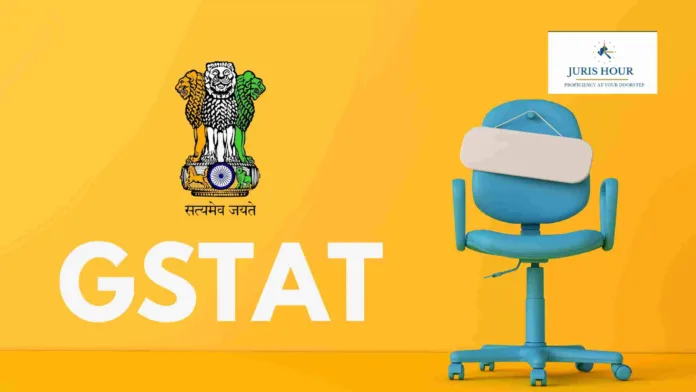The Appointments Committee of the Cabinet (ACC) has given its long-awaited approval to the appointment of Technical and Judicial Members for the GST Appellate Tribunal (GSTAT), clearing the way for operationalising its long-pending benches. The finalised list includes 31 Technical Members (Centre) and 52 Judicial Members, following multiple interviews and revisions of candidate panels.
In a major development, the Principal Bench of the GSTAT in Delhi has now been fully constituted. Former IAS officer A Venu Prasad (Punjab cadre, 1991 batch) has been appointed under the State quota. The Central Government has nominated Shri Anil Gupta, former Principal Director General of the Directorate General of GST Intelligence (DGGI), as the Technical Member (Centre). Former Judge of the Allahabad High Court, Justice Mayank Kumar Jain, will serve as the Judicial Member at the Principal Bench.
While the Centre has finalised its list of 31 Technical Members, their actual postings to various State Benches remain on hold. The delay is attributed to the fact that several State Governments have yet to complete the selection of their respective Technical Members (State). States like Uttar Pradesh have completed the process, but more than a dozen others are yet to nominate suitable candidates, thereby stalling the constitution of several benches.
Until these appointments are completed, only a few State Benches—those with full quorum—will be operationalised along with the Principal Bench. Others are expected to become functional in a phased manner, once the remaining appointments are finalised.
In a structural highlight, though the tenure of members is four years, about 25% of the positions are expected to become vacant within two years. This is due to the retirement age limit of 67 years, which restricts tenure duration for several newly appointed members. Only a limited number—estimated at around 10%—may benefit from the 4+2 year extended tenure clause. Among Judicial Members, many are retired district judges and are anticipated to serve much shorter terms due to proximity to the retirement age.
This marks a significant milestone in GST dispute resolution and is expected to reduce pendency and bring much-needed judicial clarity to GST matters across the country.
Read More: Ready for GSTAT? Essential Rules, Procedures for Advocates

